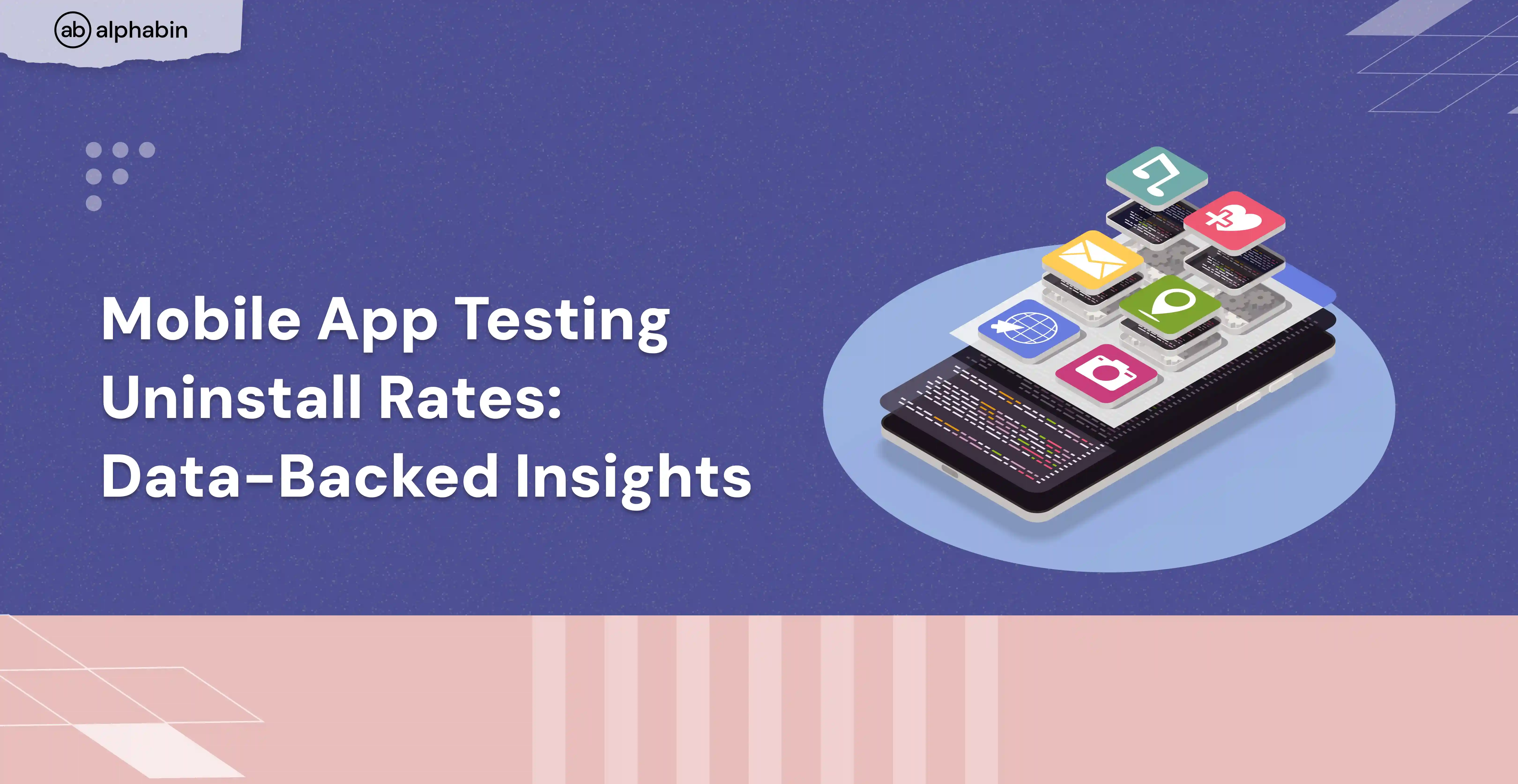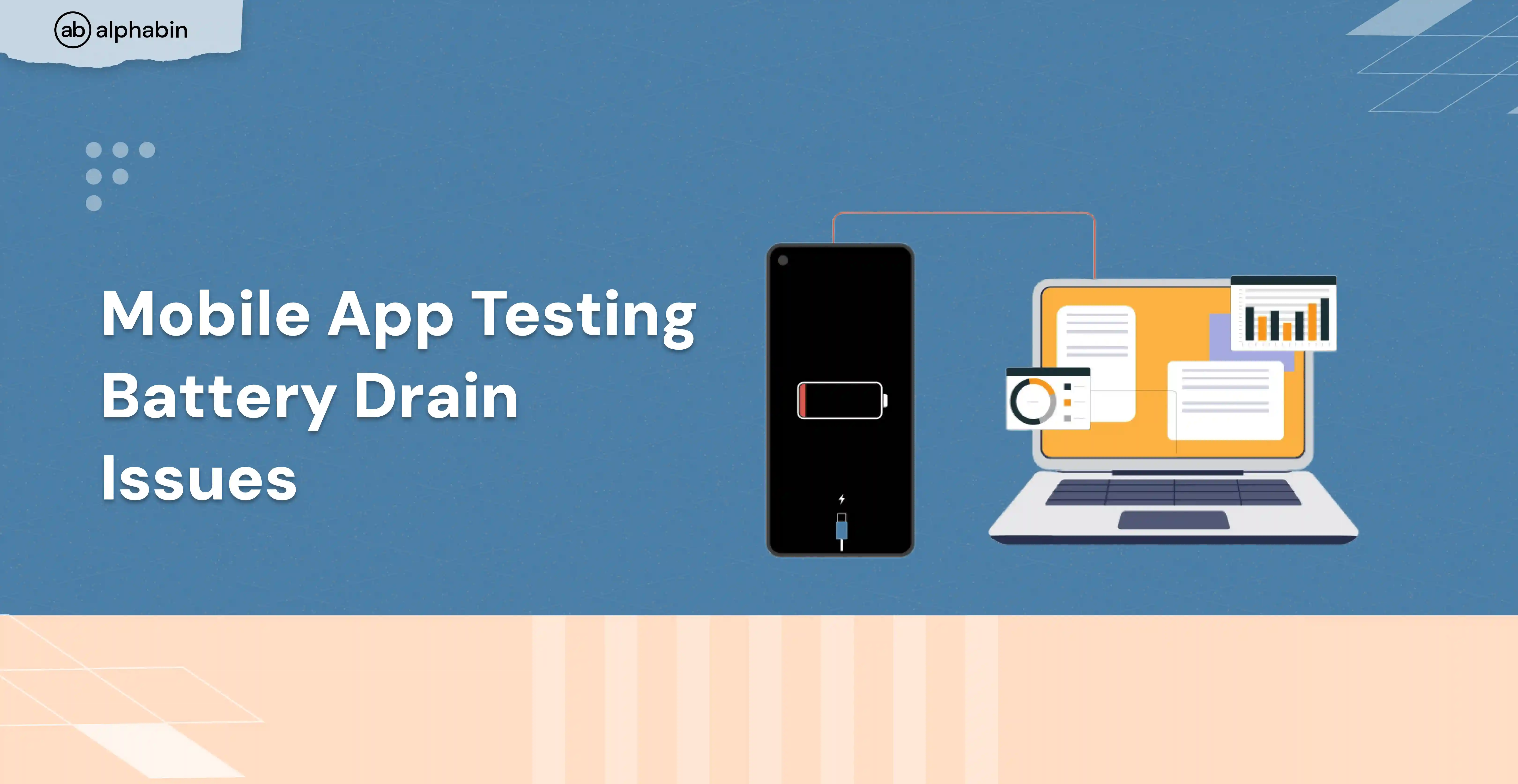Fintech apps have become an undeniable force in our daily lives. From mobile banking and investment platforms to peer-to-peer payments and digital wallets, fintech solutions offer smooth management of our finances.
But that convenience also brings with it the bottle: the critical responsibility to verify and secure the transaction. The financial loss, regulatory penalties, and customer distrust result from minor errors in the transaction flows, such as failed payments, incorrect fund transfers, or some security breaches. This could be late or inaccurate payment, debit or credit error, or even fraud.
🚨 Research shows that credit card fraud damages alone are going to reach over $35 billion globally by 2025. 🚨
This is where transaction flow testing ensures that each transaction process in a Fintech app is verified, resulting in a smooth and secure user experience. It involves testing every step, from user input and validation to data processing, system interaction, and final transaction completion.
{{cta-image}}
What is Transaction Flow Testing?
Transaction flow testing is a form of software testing wherein you test the sequence of steps to run a financial transaction from inception to conclusion. This helps ensure that transactions are executed correctly and with security and to the best of business rules and regulatory standards.
Primary Objective for Transaction Flow Testing
When it comes to Fintech, banking, or e-commerce applications, it is of utmost importance to keep a transaction process seamless, secure, and error-free. The purpose of TFT is to verify the generic functionality of a single transaction that begins from the sake of initiation to that of completion without financial errors, security failures, or system crashes.
- Verify functional accuracy: Make sure that each step data entry processing and output—works correctly and that duplicate or failed transactions are not performed.
- Ensure integration integrity: Ensure smooth and precise data flow by validating the APIs, databases, and third-party services.
- Validate business rules: Verify transactions align with predefined business logic, calculations, and workflows.
- Identify and address errors: The team resolves transaction issues, processing failures, and data comparison inconsistencies before end-user consequences occur.
- Test performance and scalability: The system needs to operate efficiently even during periods of maximum transaction flow.
- Confirm security and compliance: You must defend all sensitive financial databases while maintaining compliance with PCI DSS & GDPR standards.
Satisfying these objectives in transaction flow testing, whether manual or automation testing, ensures that the software system will provide a process for reliable and effective transaction processing, contributing to overall system stability and user satisfaction.
Common types of transactions
- Payments: Sending and receiving money (P2P), paying bills, online shopping transactions.
- Investments: Purchase, sale, or management of financial assets such as stocks, bonds, mutual funds, or cryptocurrencies.
- Account management: Opening new accounts, transferring funds between accounts, managing budgets.
- Loans and Credit: Applying for loans, making loan repayments, managing credit lines.
Challenges in Transaction Flow Testing
Financial transactions in fintech apps are complex and critical and thus creating the transaction flow testing in software testing is a challenge. Security risk, regulatory compliance requirements, integration challenges, and scalability concerns are parts of challenges that can cause bad customer satisfaction if they’re not dealt with appropriately.
Various techniques for transaction flow testing
Software testing through transaction flow methods creates a systematic system to find and resolve problems within the transaction processes of applications. Testers can trace every step in a transaction to make this process smooth so that users can enjoy seamless security.

State Transition testing
This technique verifies that the app behaves correctly during the transition of states (e.g. pending, completed, failed) during transactions. It makes sure everything has a smooth passage and matches well with various transaction statuses.
Implementation guide:
- Identify all possible states a transaction can go through (e.g., initiated, pending approval, processing, finished, and unsuccessful).
- Map out the valid transitions between states (e.g., a begun state can transition to pending approval or fail owing to inadequate money).
- Create design test cases to confirm the app's behavior at every state transition—that is, from pending to completed upon effective processing.
Pros:
- Identifies logic flaws related to various stages of a transaction.
- It takes care of the expected behavior at each state change, preventing transactions from hanging or exhibiting exceptions.
Cons:
- Can become complex for apps with numerous transaction states and intricate transitions.
- Maintaining the state diagram can be time-consuming as the app evolves with new features.
Risk-Based testing
To balance out the challenge of testing coverage, risk-based testing helps us focus on priorities that have a critical impact and high probability of occurrence. Otherwise, there is no need to spend testing resources on non-relevant scenarios.
Implementation guide:
- Determine the potential risks with each transaction type (high-value transfer, international money transfer, recurring investment, etc.).
- Classify the risk by how severe it is and rank them from worst to best risk.
- Prioritize the risk based on testing resource allocation by considering scenarios with the most impact.
- High-risk input coverage can be achieved through techniques such as the use of equivalence partitioning and BVA for a broad range of inputs.
Pros:
- The testing efforts will be focused on the areas of the greatest financial impact or disruption.
- Ensures that critical transaction types are tested in great detail to raise the level of app security.
- They allow testers to adapt their approach to the changing app over time and emerging risks.
Cons:
- It needs to be able to carefully assess its risk and accurately identify and prioritize threats.
- If the entire resource dedicated to testing is to hone in on the high-risk areas, then you may not discover lower-risk issues.
Data-driven testing
To address the challenge of dynamic data and testing scenarios, we incorporate data-driven testing. Which leverages external data sources to create a wider range of test scenarios, ensuring the app functions correctly under diverse conditions.
Implementation guide:
- Define what transactional data consists of (amounts, dates, account details, amongst others).
- Use external data sources, such as historical transaction data or randomized data generators, to produce a vast number of test cases.
- This approach allows testing the app on a variety of corner cases and unknown data combinations to check how the app can react in that case.
Pros:
- Testing with realistic data values becomes possible through this method, which expands overall test coverage.
- This approach enables you to detect possible issues in how systems handle exceptional data arrangements.
- The system decreases the workload needed to generate test cases covering multiple situations.
Cons:
- The system requires trustworthy sources of external data to be operational.
- The system does not work appropriately for transactions that need advanced calculations or logic systems.
{{cta-image-second}}
Security penetration testing
Financial transactions present a primary goal for those who conduct attacks. The process of penetration testing extends past functional testing to find vulnerabilities that can be exploited in transaction flow testing. Through simulated attacks, organizations locate security vulnerabilities that malicious actors could use before they become functional threats.
To learn in-depth about penetration testing, check out our penetration testing service page.
Implementation guide:
- Collaborate with security experts who should investigate how the application functions and perceive areas of possible weaknesses within payment processes.
- Security experts should conduct simulated attack evaluations through penetration testing tools to test man-in-the-middle and SQL injection and session hijacking vectors.
- The transaction process should undergo tests that verify data encryption protocols as well as authentication protocols and authorization systems.
Pros:
- The solution actively discovers security vulnerabilities before destructive attacks can harm systems.
- The system helps strengthen total application security through its ability to detect weaknesses in transaction processes.
- Security teams together with developers obtain important insights by using this solution to fix discovered security threats.
Cons:
- The process can be time-consuming and resource-intensive based on the complexity of the application.
- It needs knowledge of penetration testing tools and techniques.
Integration verification
Such modern fintech apps inherently integrate with many external APIs for paying, getting stock quotes, credit checks, etc. Testing these integrations is a critical part of proving the flow of transactions because of the fintech systems' complexity.
Implementation guide:
- Discover all external APIs hooked inside the transaction flow and document them.
- You can use API testing tools that enable you to simulate API interactions and verify the accuracy of data exchange.
- Write tests that involve testing error handling scenarios where APIs can respond with unexpected responses or go unavailable.
Pros:
- Ensures seamless communication and data exchange between the Fintech app and external APIs.
- Identifies potential integration issues that could disrupt transaction flows.
- Improves overall application stability and reliability by verifying API functionality.
Cons:
- It requires knowledge of the specific functionalities and data formats of each integrated API.
- May not be able to fully replicate real-world network conditions and API behavior.
Conclusion
Finally, we urge fintech testers to conduct extensive transaction testing to prevent their risks and gain users’ trust. As Fintech systems are complex, achieving such a balance between complete test coverage and customer security concerns beyond its functionality, we strike to provide a secure and reliable user journey.
Testing for FinTech is still evolving, and so are the products of FinTech, so we share that the final thing a FinTech tester should continue to do is to validate the transaction flow and ensure the highest accuracy and security. Keep updating the transaction flow strategies in software testing according to new threats and regulatory changes, and work closely with security teams and the development process to counter the vulnerabilities found.
By prioritizing transaction flow testing in software testing and embracing best practices, fintech testers can contribute to the success and longevity of their applications in an ever-changing landscape. For any inquiries regarding fintech testing or QA services in general, reach out to us.



.svg)











